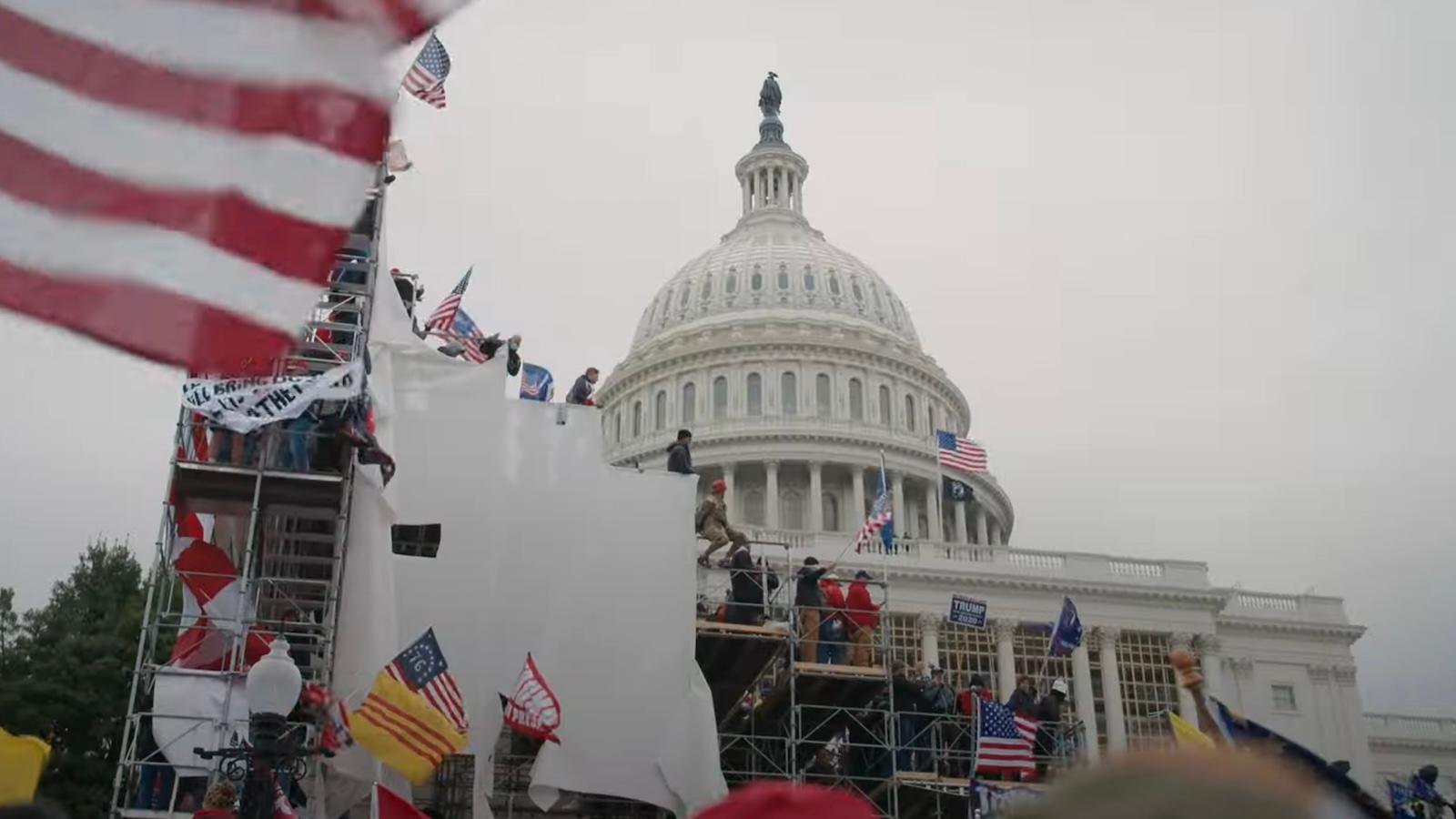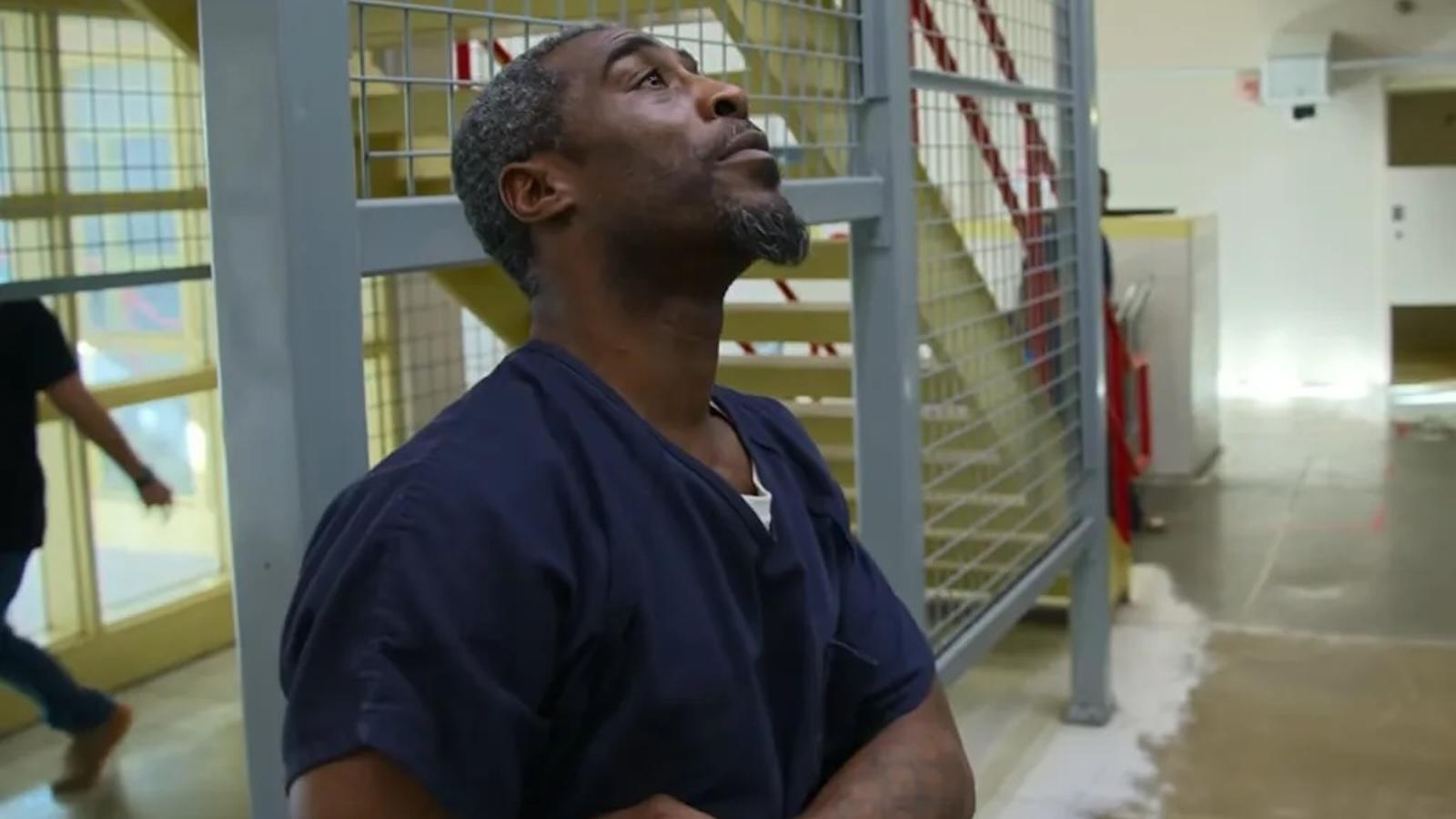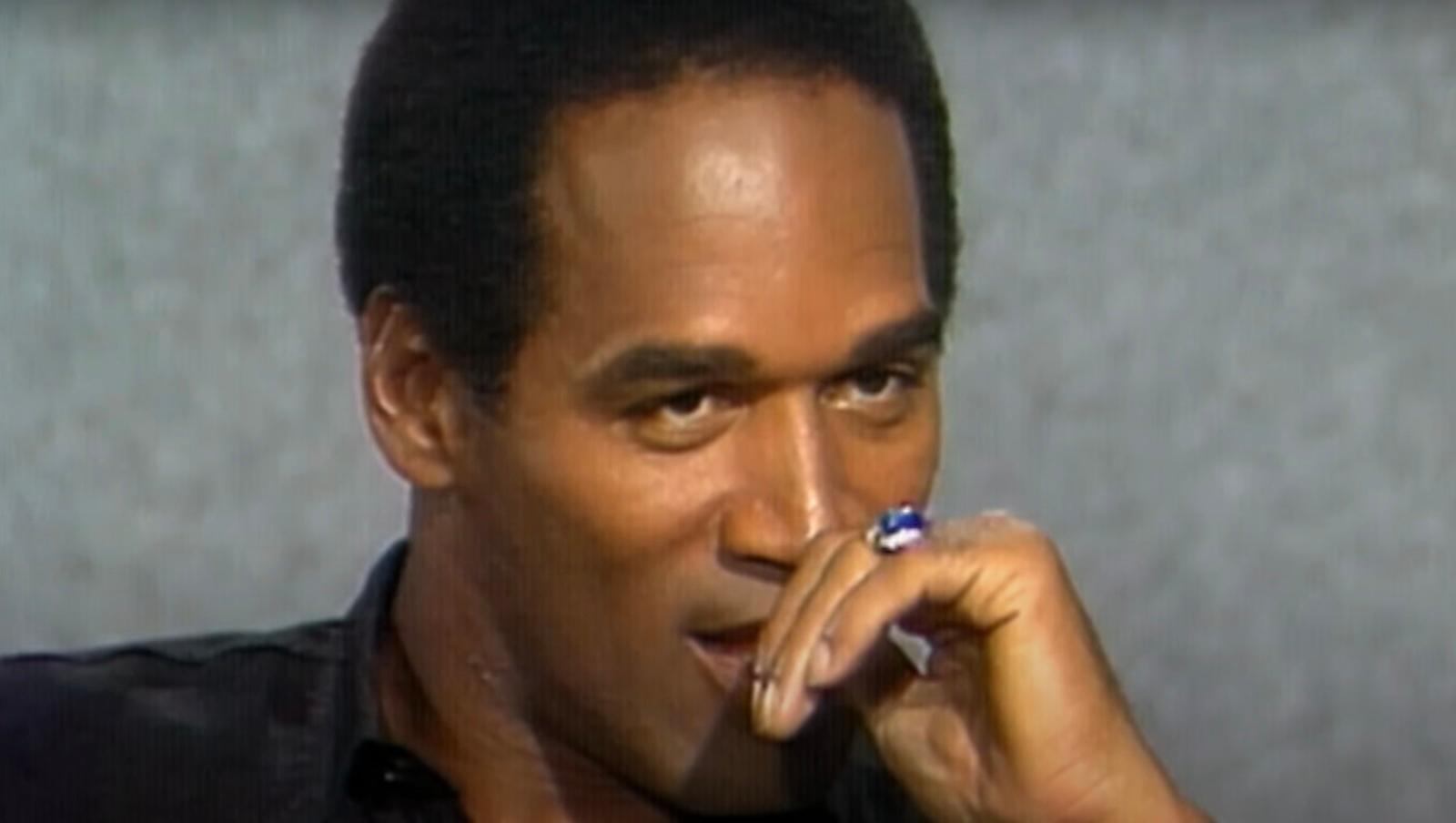The Mission: How did John Chau die?
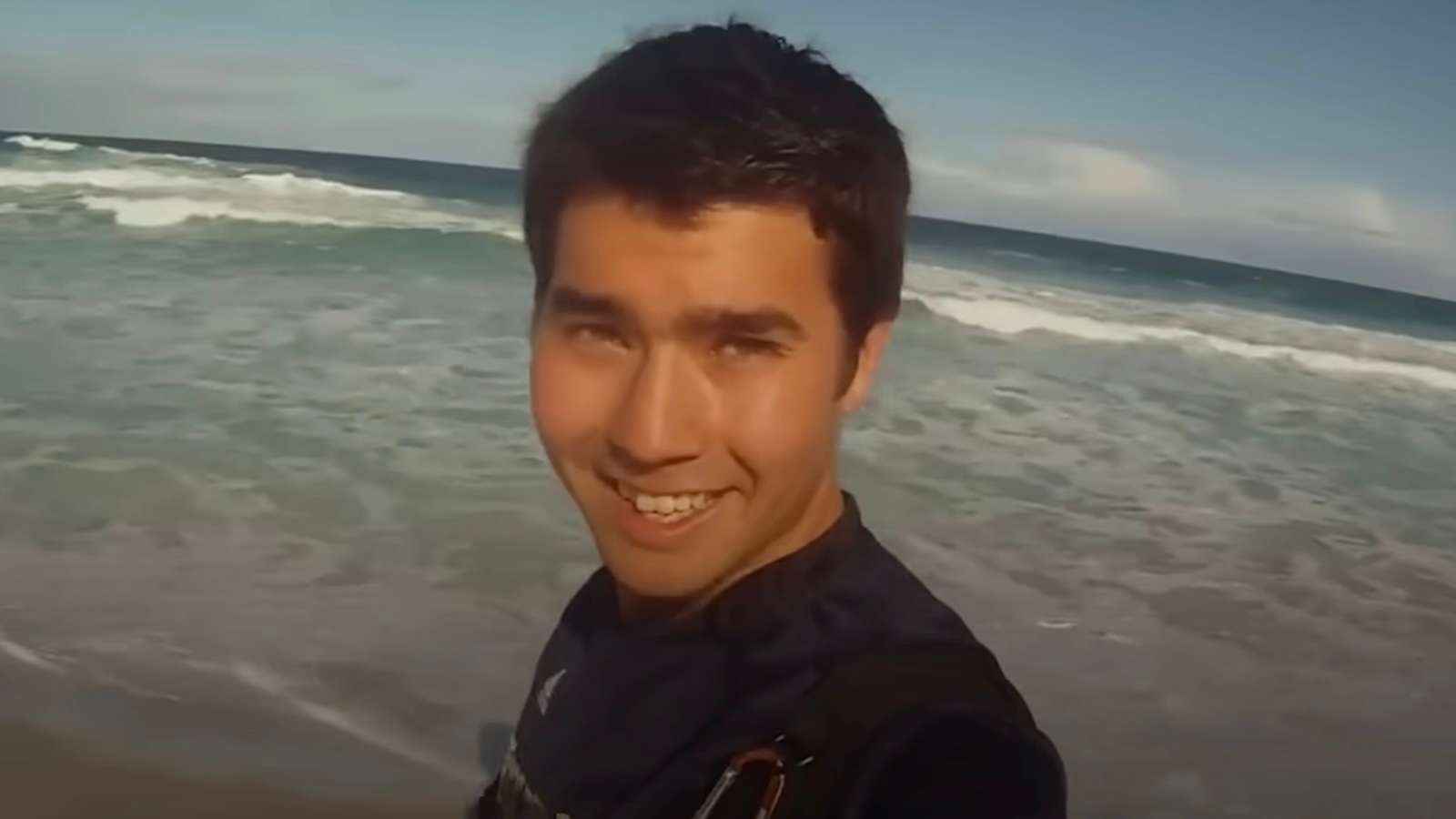 National Geographic
National GeographicWith The Mission documentary now streaming on Disney Plus and Hulu, here’s what you need to know about John Chau, what happened at North Sentinel Island, and how he died.
There have been some impeccable entries to the documentary arena in 2023, from the heartbreaking story of Stephen Keenan and Alessia Zecchini in The Deepest Breath to the devastating case presented in Take Care of Maya.
As the year draws to a close, one film that is set to make an impact is The Mission, a National Geographic documentary that takes a nuanced approach to the divisive story of John Chau, a fundamentalist Christian missionary who was killed in 2018 while visiting an uncontacted tribe.
The Mission made its streaming debut on December 8 – so, here’s the true story as detailed in the documentary. Warning: Some may find this content distressing.
The Mission: Who was John Chau and how did he die?
John Chau was a devout evangelical Christian who grew up in Washington and attended Vancouver Christian high school. In November 2018, he illegally traveled to North Sentinel Island in the hopes of converting the Sentinelese, an uncontacted tribe. After receiving several warnings, Chau was shot to death by arrows, but his body was never retrieved.
While Chau garnered respect among his peers, even his own father, Patrick Chau, questioned the “extreme” form of Christianity his son followed. As is portrayed in The Mission, Chau had a “youthful thirst for adventure” and an idolized outlook, one that influenced many of his decisions and the path he took in life. He would read books such as Russell T. Hitt’s Jungle Pilot and Elisabeth Elliot’s The Savage My Kinsman, a fact that is highlighted by Dan Everett, a Professor of Linguistics and former missionary, who has “both a profound respect for John Chau, and a disdain for his actions.”
“He’s reading books that I read, and he’s drawing from them the same lessons that most Christian believers draw from,” explains Everett. “There’s huge inspiration from these people who aren’t afraid of death and engaged in all this hardship.”
But Chau’s eagerness to contact the Sentinelese was troubling. It is illegal to visit North Sentinel Island, the home of the Sentinelese, who have seen other tribes being wiped out by colonialism in the past. As others who have visited the island in the past point out in The Mission, they received a warm welcome but a stern warning not to stay, as they don’t want to risk their community being destroyed.
Not only had colonial travelers dismantled tribes in the past, but visitors to the islands run the risk of introducing deadly pathogens to the Sentinelese. Despite these concerns, Chau moved forward with his plan, even visiting a missionary training program run by the American evangelical organization All Nations.
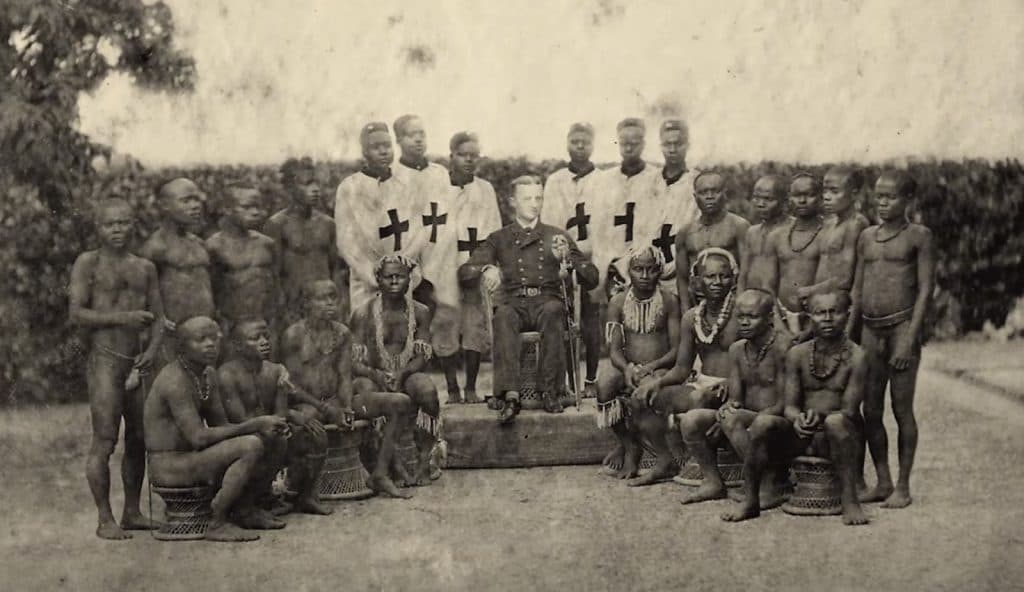 National Geographic
National GeographicAs part of his training, members of All Nations had actors recreate a scenario as if Chau was visiting the island, with employees using mock weapons to portray the villagers. The organization faced heavy criticism in the wake of Chau’s death.
In October 2018, despite knowing the risks and criminal implications, Chau traveled to Port Blair, the capital of the Andaman and Nicobar Islands where North Sentinel Island is situated. He prepared his contact kit, which included a waterproof bible, gifts for the Sentinelese people, and other necessities.
In his diary, which was retrieved by the fishermen who were paid to take him to the island, Chau wrote: “Lord, is this island Satan’s last stronghold, where none have heard or even had the chance to hear your name?”
During his first visit, Chau was warned away after a child shot at his bible with an arrow. Writing in his diary about the experience, he said: “I felt some fear, but mainly I was disappointed that they didn’t accept me right away.”
Telling the story from the perspective of the Sentinelese people, Everett said: “They live a hard life. They enjoy their life, but their resources are enough for them. They’re not enough to feed the world. They know that outsiders have diseases that will kill a lot of them and they don’t want those. They know that outsiders have intentions that they don’t like – maybe they want to steal their women or steal their children because that’s happened to them before in their history.
“So for the Sentinelese people, you have this guy, you’ve done everything you can to make it clear you don’t want him there. He’s yelling nonsense, he’s giving you stuff that you could’ve already gotten yourself, food, and a child shoots his bible. If he wanted to shoot him, he would’ve shot him. People who live by the bow and arrow don’t miss. You’ve done everything you can to warn him and he still comes.”
On his final visit, on November 17, Chau requested that the fishermen leave him and he headed to the island. The fishermen later saw his body being dragged and buried by the Sentinelese people and Chau’s family were informed that he had died.
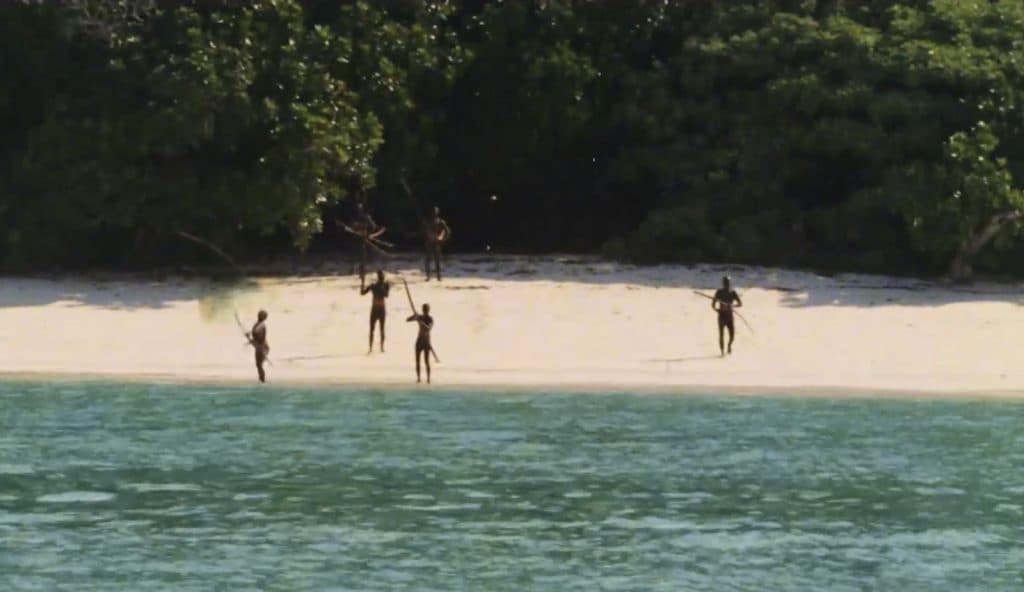 National Geographic
National GeographicThe incident drew criticism worldwide, reopening the debate surrounding uncontacted tribes. Survival International’s director Stephen Corry said at the time: “This tragedy should never have been allowed to happen. The Indian authorities should have been enforcing the protection of the Sentinelese and their island for the safety of both the tribe, and outsiders.
“Instead, a few months ago the authorities lifted one of the restrictions that had been protecting the Sentinelese tribe’s island from foreign tourists, which sent exactly the wrong message, and may have contributed to this terrible event. It’s not impossible that the Sentinelese have just been infected by deadly pathogens to which they have no immunity, with the potential to wipe out the entire tribe.
“The Sentinelese have shown again and again that they want to be left alone, and their wishes should be respected. The British colonial occupation of the Andaman Islands decimated the tribes living there, wiping out thousands of tribespeople, and only a fraction of the original population now survive. So the Sentinelese fear of outsiders is very understandable.
“Uncontacted tribes must have their lands properly protected. They’re the most vulnerable peoples on the planet. Whole populations are being wiped out by violence from outsiders who steal their land and resources, and by diseases like the flu and measles to which they have no resistance.
“Tribes like the Sentinelese face catastrophe unless their land is protected. I hope this tragedy acts as a wake up call to the Indian authorities to avert another disaster and properly protect the lands of both the Sentinelese, and the other Andaman tribes, from further invaders.”
For more documentaries coverage, hit the links below:
Love Has Won’s “3D” hospital | How did John Gotti die? | Who Killed Jill Dando? | Where is Gypsy Rose Blanchard now? | Russell Brand most shocking moments | Scouts Honor | The Lucie Blackman Case | The Isabella Nardoni Case | Where is Natalia Grace? | Who are the Duggars? | Victim/Suspect explained | Missing Dead or Alive explained | The Playing Card Killer | Take Care of Maya | HBO’s Burden of Proof explained | How to watch David Fuller: Monster in the Morgue | How to watch Hart family murders documentary | The Deepest Breath | True story of Last Call
Please note that if you click on a product link on this page we may earn a small affiliate commission.
